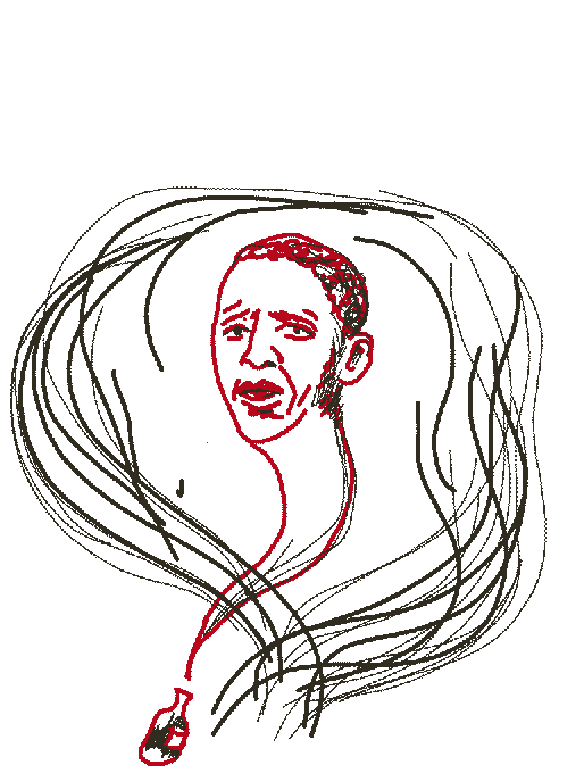Story highlights
NEW: "The president is running out excuses" to block pipeline, John Boehner says
The route is east of the one initially proposed, a state spokesman says
The pipeline is intended to carry crude oil from Canada to the U.S. Gulf Coast
U.S. President Barack Obama had approved a portion of the previous route
The company building the controversial Keystone XL pipeline has submitted a proposal for a new route, a spokesman for Nebraska’s environmental authority said Wednesday.
The new route is east of the initially proposed route that went over an environmentally sensitive aquifer, said spokesman Brian McManus of the Nebraska Department of Environmental Quality. TransCanada is the company constructing Keystone.
The pipeline is intended to carry between 500,000 and 700,000 barrels of crude oil a day from Canada’s oil sands to the U.S. Gulf Coast.
U.S. President Barack Obama in January denied a permit for the 1,700-mile pipeline, a decision that prompted Republican criticism that the president was not doing everything possible to create jobs and combat high gasoline prices.
Obama defends policy on pipeline
Supporters, including the oil industry, also say the pipeline would lessen the country’s dependence on oil imported from volatile regions. Opponents, including environmentalists, say the pipeline might leak and that it would lock the United States into a particularly dirty form of crude that might ultimately end up being exported.
“With this new route submitted and the state of Nebraska acting to move forward, the president is running out of excuses for blocking the Keystone pipeline any longer,” House Speaker John Boehner, R-Ohio, told CNN.
“With a veto-proof majority in the House supporting Keystone, the president is becoming increasingly isolated in his opposition to this job-creating energy project. He should listen to the voices of the American people and unlock the project so we can get Americans working and address high gas prices.”
Obama announced in March that he would approve a portion of the pipeline, a part that runs from Cushing, Oklahoma – a key repository of U.S. oil – to the Gulf. He had said he was always in favor of permitting that portion, even when he blocked the full project.
BP announces settlement over 2010 spill
The other portion of the pipeline had stirred concerns of Nebraskans worried about underground water supplies. An aquifer in Nebraska provides drinking water for much of the state.
They fear a pipeline burst would allow oil to seep into the Ogallala Aquifer, a massive water table beneath the Great Plains and one of the largest in the world. The aquifer provides drinking water for much of the state and is important for Nebraska’s agricultural economy.
The previous route of the Keystone pipeline would have crossed the U.S. border in Montana, shortcutting an existing pipe that enters the United States in North Dakota.
Currently, there are not enough pipelines to take the oil being produced in Canada and North Dakota to refineries and terminals on the Gulf. That means Midwest refineries can pay lower prices to get it.
Giving the Canadian oil easier access to the Gulf means the glut in the Midwest goes away, making it more expensive for the region, but it would increase the amount of that oil available to global markets.
The House on Wednesday approved a Republican bill that aims to fast-track the Keystone project as part of another 90-day extension of federal transportation funding. The 293-127 vote allows Boehner to begin negotiations with Senate Democrats over a longer-term funding measure for road, rail and bridge projects.







